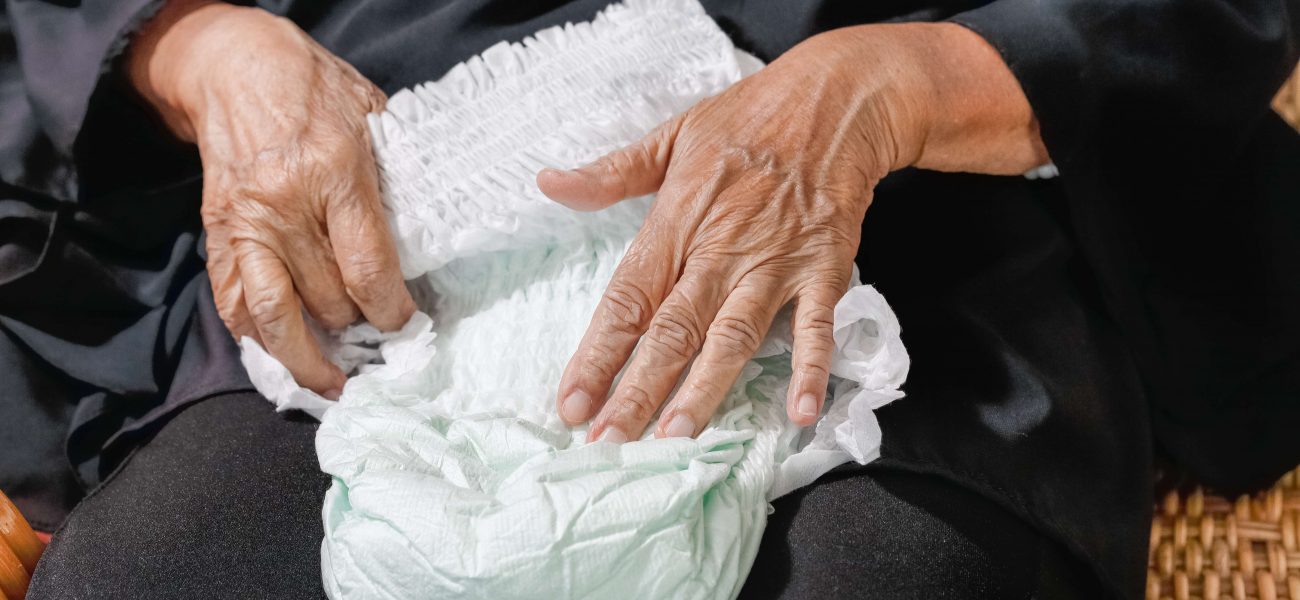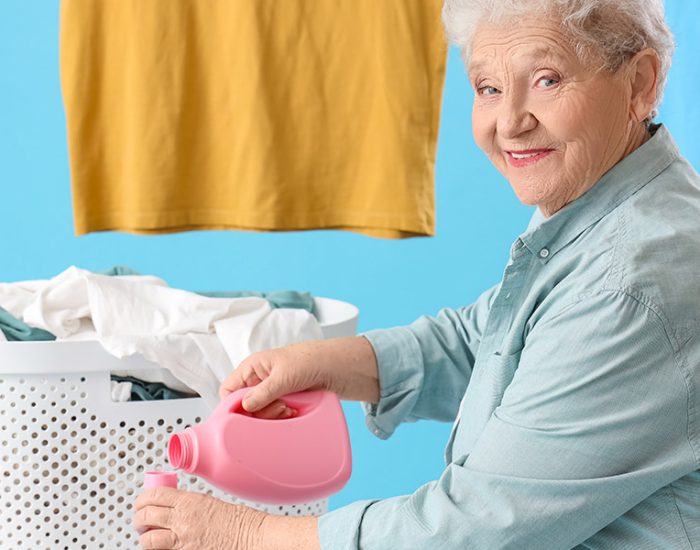Tips to select adult diapers
When a person is suffering from incontinence, they need disposable absorbent underwear, popularly known as “adult diapers.” However, selecting the best for you takes work when you have a gamut of available options.
Considering this, we have come up with some tips in the extract below that will help you select the best adult diapers in India. Keep scrolling down, and your query will be resolved when you reach the end.
Things to remember while buying adult diapers
- Type of leakage
Knowing what kind of incontinence problem a patient is suffering from is important. For example, the patient may have urinary incontinence (overactive bladders), fecal incontinence (accidental bowel leakage), or both issues. Please confirm it before buying. - Size
When you buy adult diapers, there are multiple options in different sizes. It is important to correctly measure the patient’s waist and hips to get the right size. If the patient is given the incorrect size, he or she will experience urine leakage and coverage issues. At Lifree, we offer you different diapers in different sizes.
- Quality of product
The third important thing to consider is the quality/material of the diaper. It is necessary that the patient feel comfortable wearing it. You can choose what suits you the most from the different options, like plastic-backed or non-plastic diapers. Bring one home, use it, and as per that, take your decision.
- Absorbency of diaper
Understand the absorbency capacity of diapers before purchasing them.Patients release more urine at night compared to the morning time; thus, it is ideal to go with diapers with quick liquid absorbency and holding capacity. Regarding this, Lifree has the best diapers for senior citizens that have good absorbency and retention qualities that keep you safe from skin irritation.
Suffering from incontinence is troublesome, but with the right approach and essentials, you can cope with its symptoms and say goodbye to embarrassment. Hopefully, the above mentioned tips will help you choose the best adult diaper for yourself.
FAQ’s
2. Why is selecting the correct diaper size so important?
Choosing the right size ensures a snug but comfortable fit. Diapers that are too large may sag, causing side leaks and reduced support. While diapers that are too tight can rub the skin, restrict circulation, and even tear with movement. Women and men often differ in how diapers fit around hips and waist. Getting accurate waist and hip measurements, and comparing with the size chart provided by the brand helps in selecting the best fit. Since fit affects both leakage protection and user comfort, testing a few sizes may be necessary before choosing in bulk.
3. What absorbency level should I look for in an adult diaper?
Absorbency refers to how much liquid a diaper can handle before it feels full. Choose based on how frequent or heavy the leakage is. Light incontinence requires low absorbency for short outings, while moderate to heavy leakage during day or night calls for higher absorbency levels. If someone goes longer without changing the diaper, choose products designed for extended wear like overnight or high-absorbency variants. These often feature advanced inner layers that lock in fluid quickly. Always consider usage (day or night) and activity level to select the suitable absorbency rating.
4. What role does diaper material quality play in selection?
The diaper’s material affects skin comfort and breathability. Plastic‑backed diapers often offer strong containment, but may trap heat and feel noisy when walking. Cloth‑like and breathable materials provide better airflow, which keeps the skin drier and cooler during extended wear. They also reduce the risk of rash or irritation. Some products use soft liners that wick moisture away from the skin instantly. When testing, check how it feels after a few hours of wear and whether the skin feels clammy or dry. Good material improves both comfort and sanitation over long periods.
5. How does mobility impact the choice of pant style versus tape style diapers?
Mobility is a key factor. Pant‑style diapers (pull‑ups) are ideal for people who can stand, walk, or sit on their own. They are easy to put on and remove and feel more like underwear. However, tape‑style diapers are useful when assistance is needed—especially for bedridden individuals—because they can be changed while the person is lying down. Tape diapers allow caregivers to adjust fit easily and replace them without forcing movement. Choosing the right style based on ability makes diaper wear more dignified, convenient, and leak-resistant.
6. Is it helpful to test products before buying in bulk?
Absolutely. It’s wise to test different types and sizes before committing to large packs. Products can fit and perform differently depending on brand, body shape, and absorbency. Lifree and other brands often offer smaller trial packs or single units. Testing helps determine if the size fits well, whether the material feels comfortable, and how absorbent it proves in practice. Customers and caregivers often find trial-and-error helps avoid waste and leak issues. Once you find a product that fits and provides comfort, buying larger quantities becomes more reliable and cost‑effective.
7. What are leak guard protections and why do they matter?
Leak guards are built-in barriers along the leg openings and waist that help channel liquid into the center and prevent side leakage. These are especially important for active users or overnight use, where movement and posture changes increase risk of leaks. Effective leak guard designs make diapers more reliable, reducing sets changes and the anxiety of accidents. When trying diapers, move around, sit, lie down, or stand up to test if the guards provide adequate leakage prevention. For those with heavier flow or long wear time, choosing diapers with strong leak-guard technology is essential.
8. How does odor control factor into diaper selection?
Odor control is crucial for user confidence and hygiene. Some adult diapers include odor-absorbing layers or anti-bacterial features to trap smell and reduce bacteria. While not essential for everyone, people who wear diapers for long hours or travel may benefit from this feature. It also contributes to user comfort, especially in shared spaces. If odor is a concern, look for products labeled as “odor control” or with anti-bacterial liners. Testing in real-life situations—especially after several hours of wear—helps identify whether odor remains contained.
9. Can disposable and reusable diaper options be mixed for convenience and eco-friendliness?
Yes. While disposable diapers are convenient and require no cleaning, some users prefer reusable cloth options for home use. Reusable versions often include soft absorbent inserts and outer waterproof layers. They are eco-friendly and cost-effective in the long term. However, they require regular washing and drying. Many caregivers mix both methods—for travel or outside use, disposables offer ease, while at home, reusable cotton options can be used if skin irritation occurs or if environmental concerns matter. Try different options to find what fits lifestyle, hygiene needs, and convenience.
10. What are common mistakes to avoid when choosing adult diapers?
Avoid guessing size based on previous products—always take fresh measurements. Don’t choose only based on price; cheaper diapers may lead to leaks or discomfort. Relying solely on absorbency ratings without testing fit or material can result in poor performance. Avoid skipping trial packs—comfortable and reliable fit differs from person to person. Don’t ignore user preference in terms of feel and ease of wearing. Also, avoid underestimating the role of mobility: a pant-style diaper may not suit someone who spends most time lying down, and vice versa. Selecting carefully prevents complications, discomfort, and wasted effort.






















